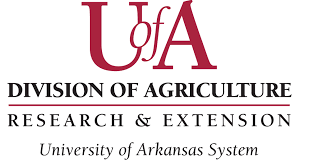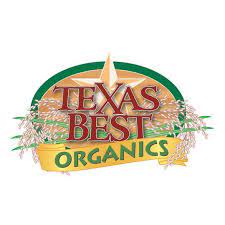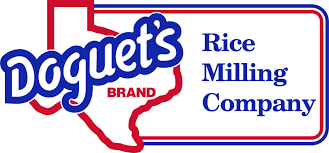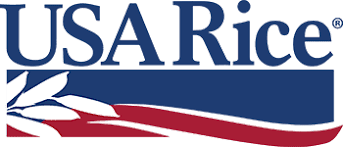Challenges and Opportunities for U.S. Organic Rice

Organic rice is a vital and growing market in the U.S.—but domestic supply hasn’t kept pace with demand. Today, the majority of organic rice consumed in the U.S. is imported, despite the country’s strong infrastructure and experience in conventional rice production.
To better understand the opportunities and barriers facing the organic rice sector, this multi-state research project gathered firsthand insights from farmers, analyzed market data, and identified solutions to help expand organic rice production in the U.S.
Our new report, “Challenges and Opportunities for U.S. Organic Rice,” explores the intersection of policy, agronomy, and economics—and offers a roadmap to close the gap between demand and domestic supply. Topics include:
- The market outlook for organic rice, including a 56% price premium over conventional
- Barriers to adoption like weed management, certification complexity, and input costs
- Farmer attitudes and decision-making across five key rice-producing states
- Water usage and yield differences between organic and conventional operations
- Policy and infrastructure recommendations to support organic growth
The project will also develop a multi-state outreach program and interactive tools to disseminate the project’s findings through research and extension efforts to support farmers in their decision to transition to organic production and educate policymakers in designing supportive regulations.
WEBINAR ON DEMAND: The State of U.S. Organic Rice: Barriers, Insights, and Opportunities
View The Organic Center's webinar, featuring key findings from a national study on the state of U.S. organic rice. Despite rising consumer demand and growing interest from farmers, domestic production of organic rice continues to fall short. This Organic Agriculture Research and Extension Initiative (OREI) funded project (project award no. 2021-51300-34910), led by the University of Arkansas in partnership with The Organic Center and the University of California Cooperative Extension, gathered insights to assess the economic viability, production hurdles, and market potential for organic rice grown in the U.S.
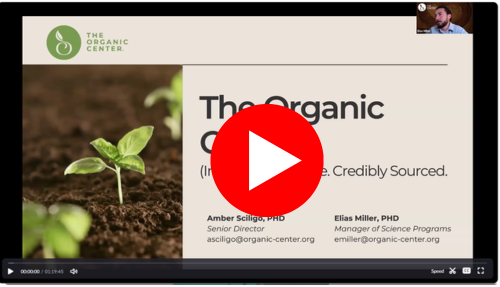
Resources
This work is supported by the Organic Agriculture Research and Extension Initiative, project award no. 2021-51300-34910, from the U.S. Department of Agriculture’s National Institute of Food and Agriculture.
Any opinions, findings, conclusions, or recommendations expressed are those of the author(s) and should not be construed to represent any official USDA or U.S. Government determination or policy.



